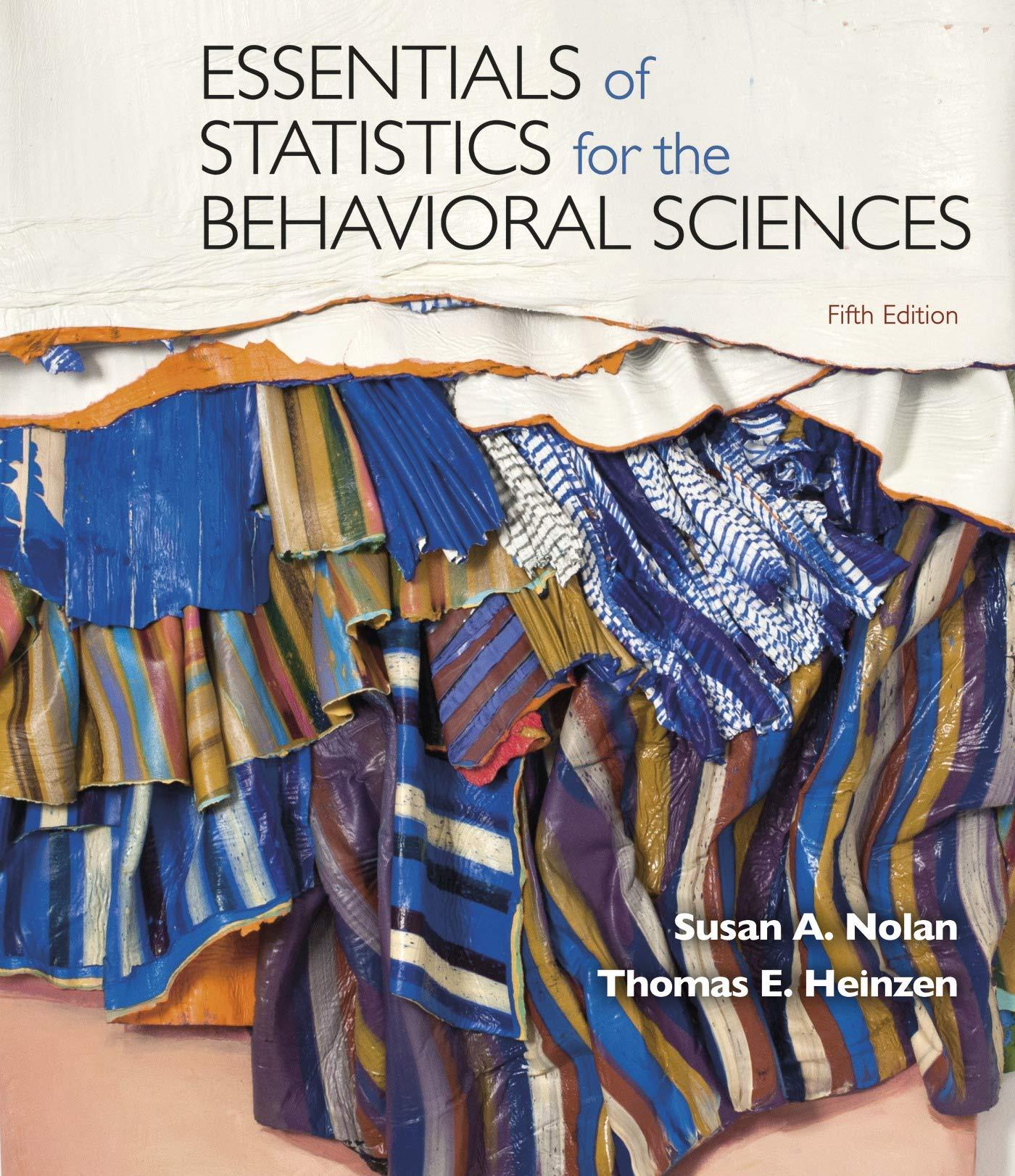3.47 Interpreting a graph about two kinds of career regrets: The YerkesDodson graph demonstrates that graphs can
Question:
3.47 Interpreting a graph about two kinds of career regrets: The Yerkes–Dodson graph demonstrates that graphs can be used to describe theoretical relations that can be tested. In a study that could be applied to the career decisions made during college, Gilovich and Medvec (1995) identified two types of regrets— regrets of action and regrets of inaction—and proposed that their intensity changes over time. You can think of these as Type I regrets—things you have done that you wish you had not done (regrets of action)—and Type II regrets—things you have not done that you wish you had done (regrets of inaction). The researchers suggested a theoretical relation between the variables that might look something like the graph below.
a. Briefly summarize the theoretical relations proposed by the graph.
b. What are the independent and dependent variables depicted in the graph? What kinds of variables are they? If nominal or ordinal, what are the levels?
c. What descriptive statistics are included in the text or on the graph?
d. In one or two sentences, what story is the graph trying to tell?
Step by Step Answer:

Essentials Of Statistics For The Behavioral Sciences
ISBN: 9781319247195
5th Edition
Authors: Susan A. Nolan, Thomas Heinzen






